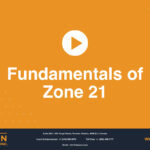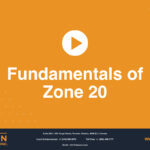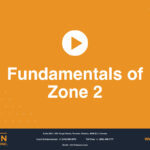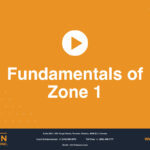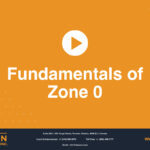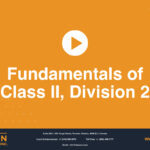Fundamentals of Zone 22
If combustible and flammable dusts are present in the air in a given location, even if for a short period of time, the area is classified as a hazardous location. Any electrical and non-electrical equipment installed in these locations must not be allowed to become a source of ignition or combustion.
Electrical and non-electrical equipment installed where there are explosive dusts present must be designed and constructed in compliance with the relevant safety Standards in order to be safe to use in such hazardous locations.
As per International Electrotechnical Committee Standards, the areas where explosive dusts may be present are categorized into three groups: Zone 20, Zone 21, and Zone 22. This animation is about Zone 22.
Zone 22 is defined as an area in which an explosive dust atmosphere, in the form of a cloud of dust in the air, is not likely to occur in normal operation but, if it does occur, will persist for a short period only. Ignition sources must be prevented during normal operation. Electrical and non-electrical equipment used in Zone 22 must not become a source of ignition in the form of hot surfaces or sparks.
In Zone 22, under normal operating conditions, it is unlikely that an explosive dust/air mixture will occur. An explosive atmosphere might only be expected
in the event of malfunctions such those which result in whirled-up dust.
The distinction among the three Zones 20, 21 and 22 may be seen in this illustration. In this example, explosive clouds of dust can develop due to a tank malfunction or rapturing or failure of the handling plant.
In order to be certified as compliant with safety Standards for Zone 22, an electrical device must be protected by one or more of the following protection techniques: intrinsic safety with level of protection “ic”, encapsulation with “mc” protection, protection by enclosure with “tc” protection, and purging and pressurization with pzc, Additionally, equipment with optical radiation features such as lasers can be installed in Zone 22 if the optical power is inherently safe using “op is” protection or an interlock system complying with “op sh” protection or using protected optical radiation complying with “op pr” with an Equipment Protection Level (EPL)of Dc.
Equipment suitable for use in Zone 20 or 21 can also be safely installed and used in Zone 22.
Request a Consultation
Complete the form below to get started.

